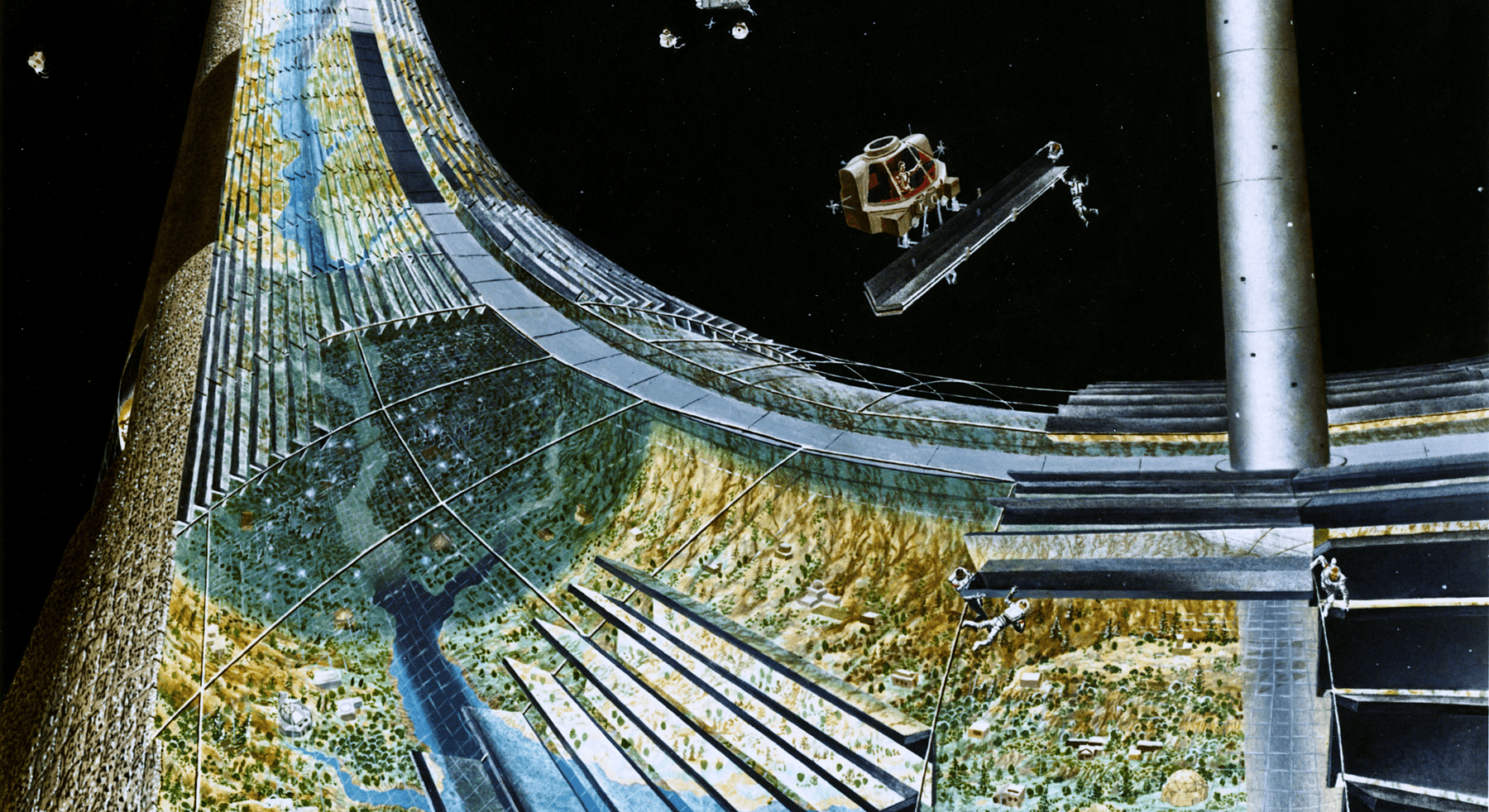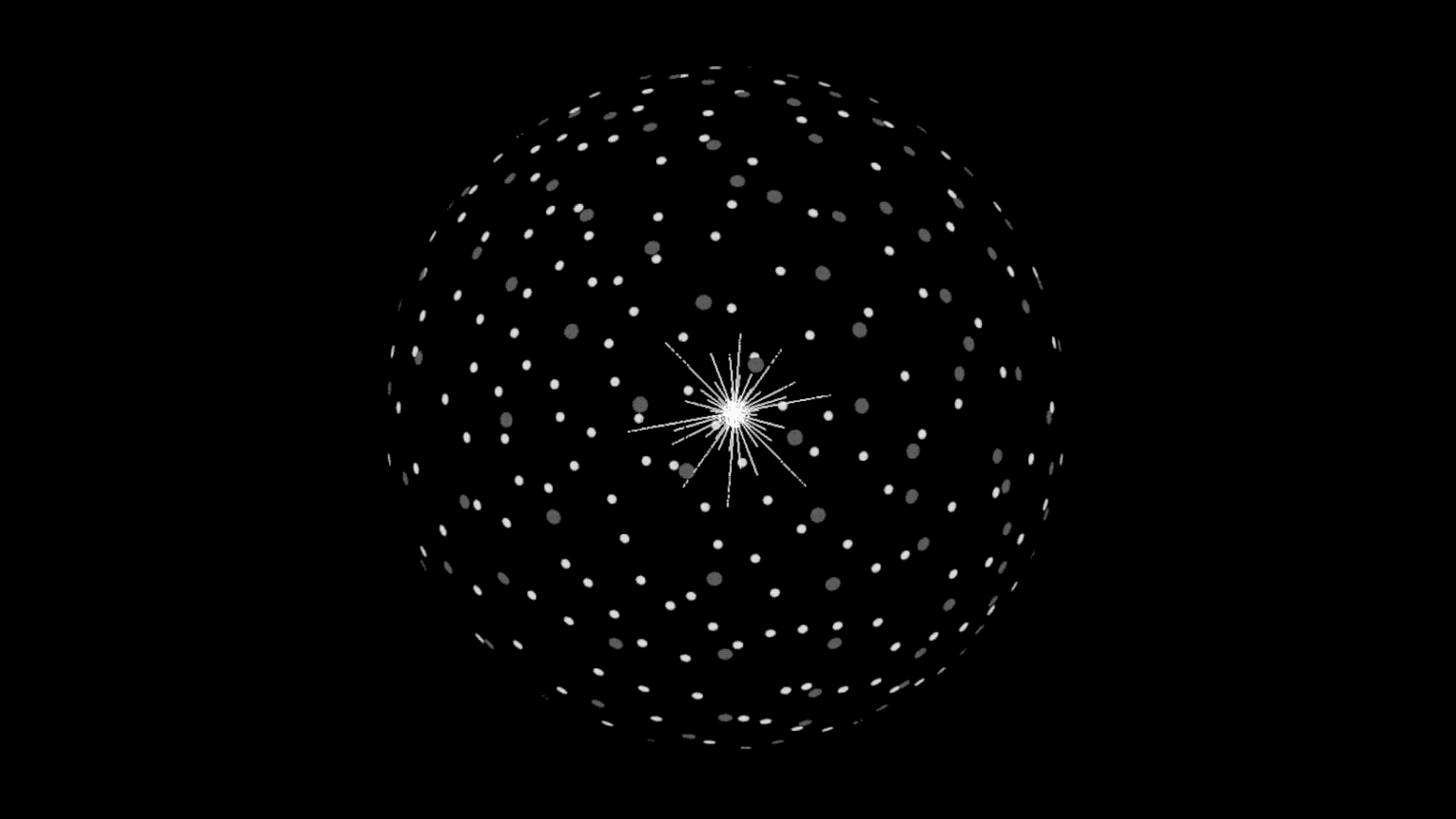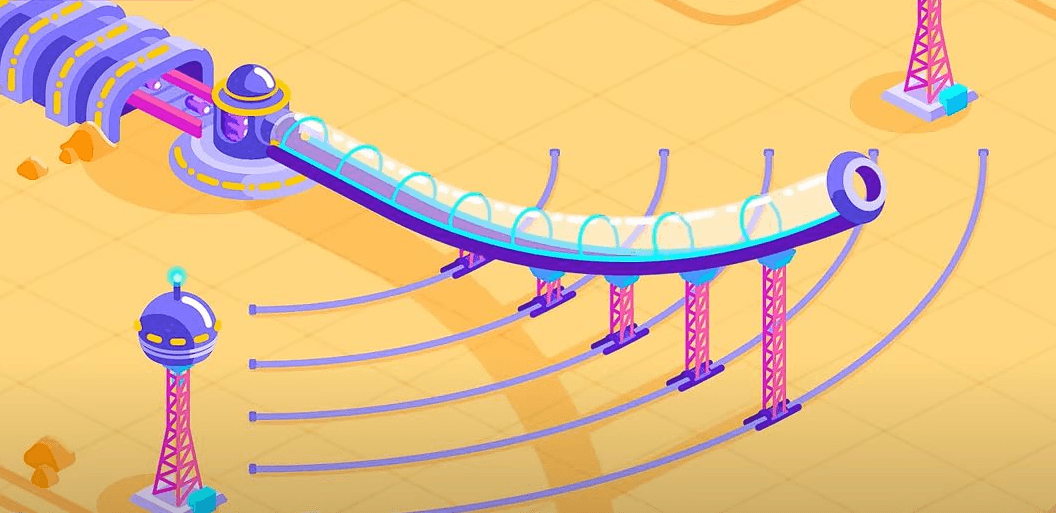Power Supply
Reading Time: minute
Audiobook: 9 minutes

Preface
Originally, this section wasn't planned to be included or accounted for. However, it felt ridiculous to talk about 1.200 earth-sized Space Habitats without giving a somewhat reasonable insight into their power supply. So, let's evaluate our options.
Electritiy Generation in Space
Obviously, when we want to generate electricity from any source of energy, we would start by searching for such a source of energy. Well, we don't have to search for long because the only realistic contestant for a source of energy sufficient to supply 1.200 Space Habitats with electricity is our Sun. We won't be accounting for possible electricity generation through dark energy because this is a documentation revolving around natural sciences and not Hogwarts.
Jokes aside, dark energy and other abstract forms of electricity generation might be exciting competition for solar energy at some point in our future but can't be taken into account for as long as we don't understand them.
The most straightforward way to generate electricity for our Space Habitats would be to apply Solar Panels to the outer layer of them. However, we're getting ourselves into a couple of issues with this approach.
Causality dilemma
Ever heard of the "Chicken or the egg?" (opens in a new tab) causality dilemma? It begs the question if the egg or the chicken came first, whereas both answers result in a dependency loop because both the chicken and the egg rely on each other to exist. Actually, it's pretty interesting now that we're talking about it. You might want to check it out.
Back to topic. Similarly, if we rely on solar energy generated by solar panels on the outer side of our Space Habitats, how are we going to build the first habitat? Even better so, how are we going to power all of the (probably very inefficient) machinery necessary to do the asteroid mining to even be able to reconstruct it into a Space Habitat?
Low surface area
Not only does our torus / donut / ring (whatever you wanna call it) have a low surface area, but also due to it's form, only one side can be faced towards the Sun at a time, further limiting the amount of electricity we can generate here.
We have to come up with a concept that solves both of these issues and operates independently.
Dyson Sphere
The Dyson Sphere is one of the most popular yet still one of the most effective ways to generate electricity from the sun. Freeman Dyson conceptualized it as a hollow sphere encapsulating the star of any given system with solar panels on the inside facing the star, so that 100% of the solar energy emitted by the internal star can be captured by the solar panels around it.

Without going into too much detail, the Dyson Sphere is a great yet ambitious concept. However, it faces a handful of problems when observed in greater detail.
Energy storage
The sun emits an unfathomable amount of energy per any humanly conceivable timeframe and it never stops. It doesn't care for weather conditions, night and day or any other earthly factors. That being said, it's hard if not impossible for us to store all of the energy we would absorb with a Dyson Sphere like this.
Overharvesting
Due to AI getting better by the day right now and systems getting better with it, we will most likely do many things similarly to how we are doing them today, but with lowered energy consumption. Being able to generate electricity from 100% of the emitted solar energy of our star sounds great but would probably be unnecessary, even if we had 1.200 Space Habitats. This wouldn't be an issue if not for the previous problem, Energy Storage.
Attraction of smaller bodies
Due to the high mass of the sun it constantly attracts smaller bodies in the solar system to fall into it. This isn't an issue for our sun at all, but considering we are planning to place a sphere all around it, said sphere would be shattered into pieces rather quickly since it would be shelled with asteroids all the time.
Long story, short: We need a better solution. How about the...
Dyson Swarm
A Dyson Swarm is the most realistic variation of Freeman Dyson's concept. A Dyson Swarm would consists of trillions (or even more) of solar panels thrown into the sun's closer orbit to collect it's solar energy and beam it somewhere we can use it. They would essentially do the exact same thing the Dyson Sphere does, with the only difference being an on-board technology to prevent collisions both with each other and asteroids.

The only issue with this concept that otherwise is rather simple to follow is it's scale: Because of the sun's enormous size, we would need quadrillions of solar panels with each one of them having a surface area of around 1 km². This yet again would require a ton - multiple quintillion tons, actually - of material.
Worry not though, to solve all of these problems, we're going to be looking at a rather modern conceptualization of the Dyson Swarm by George Dvorsky and Stuart Armstrong, published in 2012. The concept is roughly divided into 4 steps:
-
- Harvesting Mercury for resources
-
- Slingshotting finished solar panels from the current iteration into solar orbit
-
- Generating energy from the finished solar panels
-
- Repeat
1. Harvesting Mercury
Mercury is the best candidate for this endeavour because it combines the low distance to the sun with a low gravitational pull, making our second step much easier in terms of energy consumption. Harvesting mercury would be done autonomously by machines for us to be able to scale them accordingly in later iterations.
2. The Slingshot / Railgun
Because of Mercury's low gravitational pull and the fact that our panels don't have to be able to land anywhere in their lifetime, we can slingshot our solar panels into space with something looking like a railgun instead of attaching them to rockets, which would also save a lot of energy on our end.

3. Generating energy
After our first iteration, e.g. after finishing and shooting all the solar panels we could with our initially available energy into space, it's time to collect the fruits of our work. With every iteration, the amount of energy generated from our solar panels increases.
4. Repeat
Due to the exponential nature of our project, we can double our solar panel output in every iteration: From the energy of two solar panels, two more can be built, four in the next iteration, eight in the following iteration, and so on. After "just" 55 iterations (), we would have enough solar panels to surround the entire sun. With the energy we are now collecting, we could deconstruct the entire Planet of Venus in just one year.
Summary
Even when Armstrong suggested that after finishing this project, humanity will never run into energy problems again, I personally don't think that's correct. If all goes well, we're here for millions of years and this project could be finished in just a couple hundred of them. Additionally, as soon as we are looking to leave our solar system, not only does the relocation of energy into another system bring it's own issues but it would probably mean we will need to generally colonize space near stars to simplify the necessary infrastructure for power distribution.
However, since we have now exhausted pretty much all or the greatest chances for further development in our solar system, it is time to turn our backs on concretized concepts. Should mankind, in the same chronological order, ever arrive at this chapter, hundreds if not thousands of years will have passed by then. It would be simply unprofessional to think that one could make accurate predictions about what we would do next. Our current technological state is too far away to make an educated guess about it.
Still, now that we found out what kind of structures we will most likely build in our near future, we would rightfully ask ourselves "Where are all the Dyson Spheres other species made?". Actually, Dyson Spheres and Dyson Swarms are such a straightforward and logical step in any species evolution that looking for them in other solar systems is thought to be our best way to find other species. Have we found some? Yes? No? What does the answer mean? Let's talk about this in the next chapter.
Additional Resources
- If you are curious about the "Chicken or the Egg" paradox I mentioned, the scientific resolution in this article might be for you.
- There is not a lot of helpful info on the internet about Dyson Swarms, however as per usual Kurzgesagt has us covered with a great video on them.